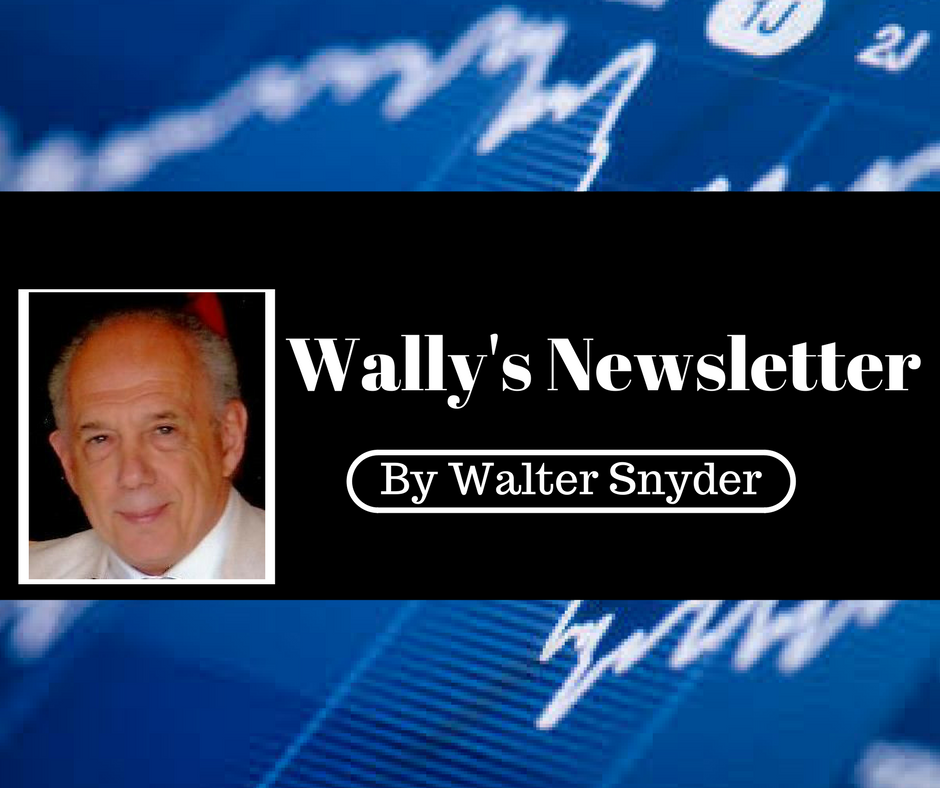The bond rout (by W. Snyder)

This Newsletter has reiterated that bonds are not an asset class that should be in one`s portfolio unless they are safe short-term high-yield corporate issues. The election victory of Donald Trump seems to have been the catalyst that set off a global rout for fixed-income securities. 10yr Treasuries yield increased from 1.88% on 8th November to 2.34% on 18th November 2016. Of course, if the yield increases, that means that the price on paper in the secondary market decreases. The figure touted of losses incurred in the bond market was a hefty US 1.1 trillion globally due to increases in yields. See Michael Snyder (Activist Post, 21.11.2016).
There are bond fund managers who manage to eke out a profit even in a low interest environment by dealing only with bonds with a short term to maturity, usually six to nine months, and avoiding any companies that risk defaulting. But for the global financial scene, the market has now moved clearly in the direction of higher interest rates despite all the manoeuvres of the Fed, ECB and BoJ. The bonds yielding negative interest, totaling around US $ 17 trillion, are mostly held by central banks and not by investors. Who but the idiots working in central bank would want to buy a money-losing bond This is an extremely dangerous situation that could cause deflation.
On the other hand, increasing interest rates will have a negative effect on equities at a time when many corporations have made debts in order to finance share buyback programmes and pay lavish dividends. Instead of investing in capital expenditure and R & D, profits and therefore cash went into non-productive modes. That Wall Street recently reached new highs seems like the bloom of youth flowering on one soon to die.
This point raises another difficulty that may soon manifest itself, namely, the inability of companies to service all the debt that has been piled up. Not only companies, but also many countries have excessive debt which can be serviced only thanks to extremely low interest rates. If interest rates rise, then the cost of servicing national debt is also going to rise. The only solutions to such a problem are raising taxes, inflation and sustained growth. It is to be supposed that many countries will resort to the first two even though higher taxes usually lead to anaemic growth.
The conclusion is that investors can reckon that higher inflation is going to be the norm for the near future despite central bank theories that 2% is the ideal inflation rate. Servicing the national debt will require much more inflation than 2% annually.
In order to hedge against inflation, this Newsletter has repeatedly recommended physical gold and real estate. Of course one could argue that high volatility on the stock markets helps traders to make large profits, but the fact is that the big money is in bonds, which means that insurance companies and pension funds are going to be suffering a lot of pain as interest rates rise and their bond holdings decrease in value. Of course the BIS tries to keep the gold price low.
The probability of a rate rise in December at the Fed is now 100%. That means for certain that there are going to be repercussions globally as interest rates start increasing. As noted above, stock markets will experience heightened volatility while bond prices fall. With all the geo-political uncertainty world-wide, the markets do not need rising interest rates. If a recession rears its head, the central bankers will find themselves unable to do much to thwart it. Caution, caution and more caution will be the motto for investors in 2017. The basic ingredients for a crisis are on the table. Heraclitus propounded his theory that everything is in flux The rivers will flow fast in 2017.
Walter Snyder
info@swissfinancialconsulting.ch
Disclaimer
This Newsletter has been prepared by WWS Swiss Financial Consulting SA (the company). Even though every effort has been taken to ensure the accuracy of the content of the Newsletter, there is absolutely no guarantee that the information contained in it is correct, up-to-date, accurate or otherwise applicable. It is not intended as a solicitation, invitation or recommendation for the purchase or sale of any investment fund or product or security or financial instrument or to participate in any particular trading strategy or banking product in any jurisdiction. It is not to be distributed in any country or area where it is legally prohibited. No liability whatsoever is or will be assumed by the company for any damage, loss or negative result of any sort ensuing from following views expressed and contained in the Newsletter. Investors themselves assume the full risk for any decisions that they take (caveat emptor). The Newsletter may not be reproduced or published by anyone anywhere in any way or form without the express written permission of the company.

